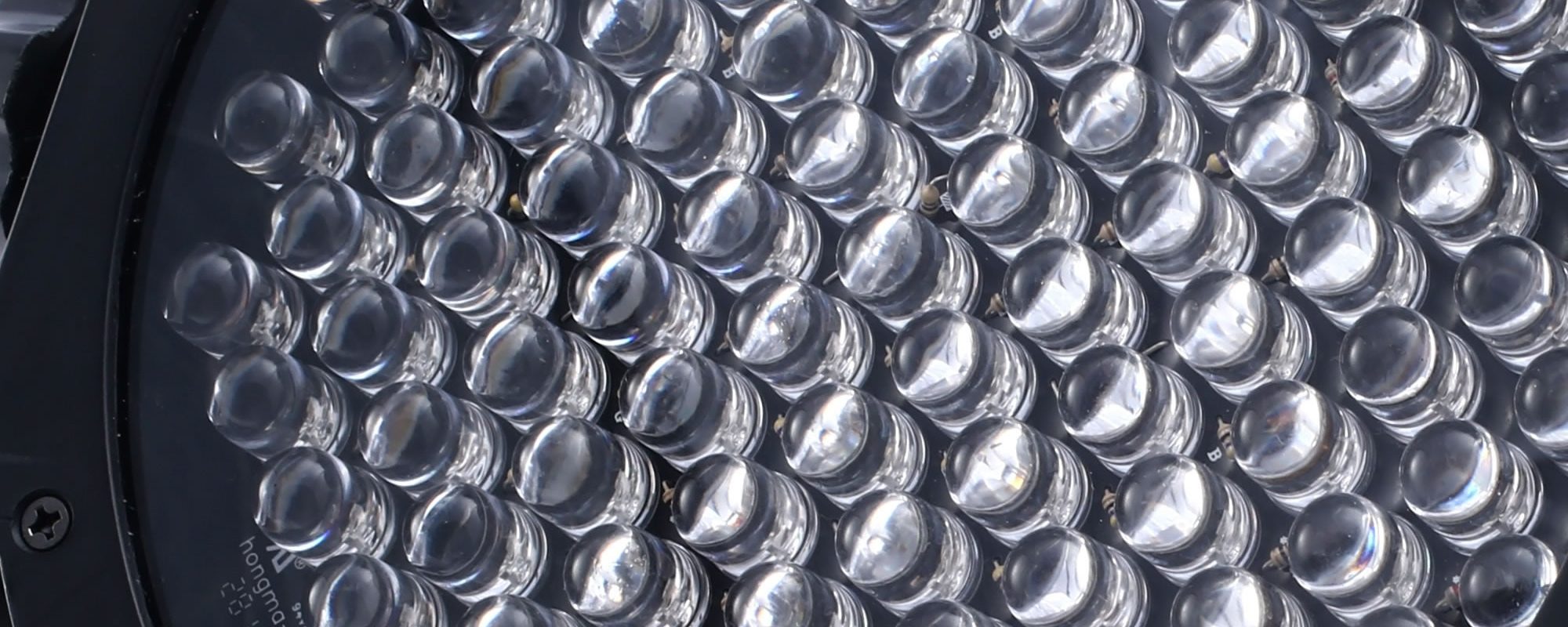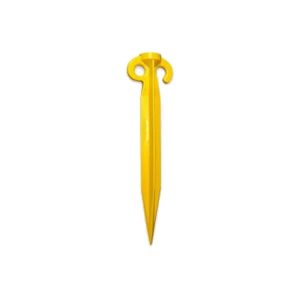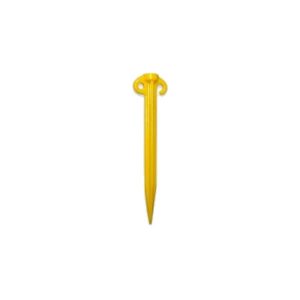LED Basics – What does it all mean?
With the amazing array of LED products for us four-wheel-drivers out there today, there’s a lot of confusion about what a lot of the terminology of it all means. We’ve brought you this (hopefully) easy guide to it all that we hope can explain everything about LED technology!
What are LEDs?
At it’s simplest, an LED is a Light Emitting Diode. It’s a small semiconductor that gives off light when an electrical current is passed through it. How much light it will give off depends on the voltage that it’s made for and how well the semiconductor is made.
Lumens
The lumen is the basic measure of how much light an LED will produce. There’s a few different ways of measuring this, including raw lumens and effective lumens, so be careful which ones you compare because these values can be vastly different!
Lux
The value for lux is normally coupled with a distance as well to indicate how much light there is at that particular distance.
The reason for knowing the difference here is that an LED light with a spread or flood beam will have a lower lux value than a spot or pencil beam at the same distance because the spread beam will diffuse the light differently to illuminate a greater area.
IP Rating
An Ip rating tells you how dust proof and waterproof a light is. It can get pretty complicated, but in general the higher the number the better. There’s way to much to write about here, so if you want to find to more you can check out this Wikipedia article.
Input Voltage
This one is what voltage the LEDs are designed to work with. LEDs are actually pretty resilient to different voltages – but you should still never use them on anything outside of their recommended voltage range. As an example, most of our LED Lightbars have an input voltage of 12 to 12 volts DC. This lets them be mounted to either a standard 12V car system, or a 24V truck or heavy vehicle system without any additional converters. However they should not be connected to anything that’s over 24V as that will cause serious damage to the light.
Current Draw
This one is actually one of the most important that you’ll need to know. The current draw tells you how much power that your LED lights will need to run. The higher the current draw, the more power that they will use. This is very important when you’re working out the total current load in your vehicles set up so you don’t over-work your 12V electrics.





